Biocompatible, biodegradable and porous LC elastomers were used as viable, soft scaffolds for cell growth and proliferation in a spatial (3D) fashion.
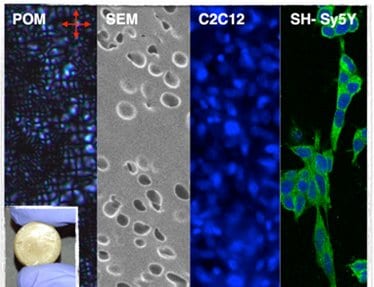

Biocompatible, biodegradable and porous LC elastomers were used as viable, soft scaffolds for cell growth and proliferation in a spatial (3D) fashion.
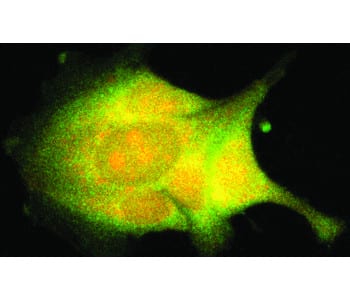
Researchers have described composite nanorods that consist of long iron segments and short gold tips and can be functionalized with biomolecules of interest.
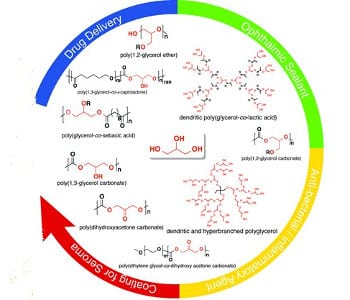
Glycerol polymers represent a major opportunity for replacing or complementing the current polymers used in the biomedical market.
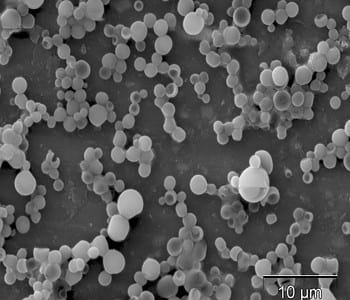
Researchers have developed a cancer imaging and therapy agent composed of PLGA microparticles encapsulating a perfluorocarbon liquid core.
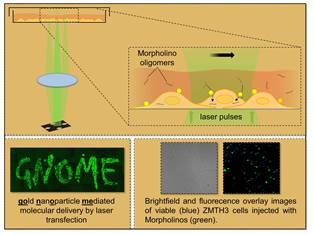
Monitoring of blood capillary/vessel patterns with spatially resolved diffuse reflectance spectrometry might allow for the early detection of clinical shock.
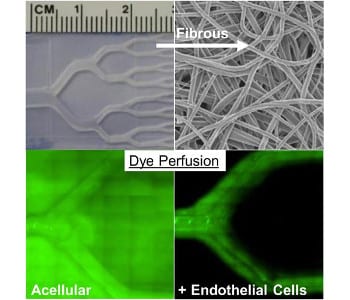
A combination of 3D printing and electrospinning can be used for micropatterning fibrous scaffolds that are suturable, porous, and biodegradable.
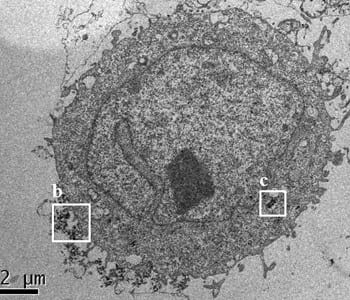
The combination of flow cytometry and X-ray fluorescence enables semi-quantitative estimation of cellular SiO2 nanoparticles and their biological effects.
A team have developed the first stimuli-responsive protein hydrogel whose mechanical properties can be dynamically tuned in response to external stimuli.
An international group develops a new three-component surface coating to reduce the number of infections caused by catheters.
Research shows that gold nanorods effectively inhibit the migratory and invasive properties of various metastatic cancer cell lines in vitro and in vivo.